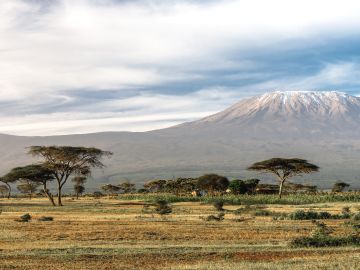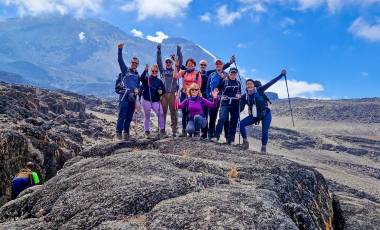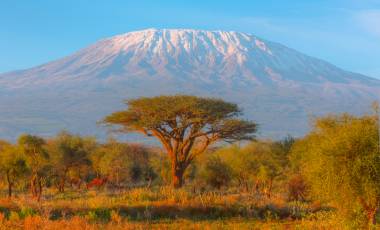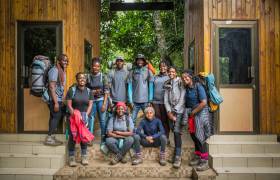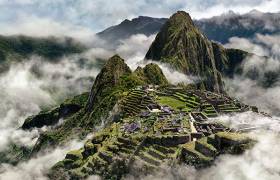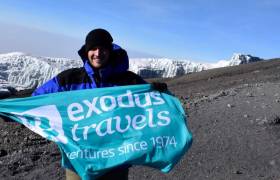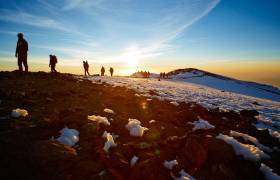Our Kilimanjaro trips have been designed to provide you with enough time to acclimatise for your Kilimanjaro trek and reach the 5895m summit. Our incredible trips start from eight days and involve six days of walking. With the option of extending your trip for a few days so you can explore the beautiful coast of Zanzibar.
The best months to climb Kilimanjaro are the driest months of year, especially January, February, August and September. But any time between January and mid-March or between June and October offers reasonable chances of good weather.
There are seven main routes that take you to the summit of Mount Kilimanjaro: Lemosho, Rongai, Northern Circuit, Machame (Whiskey Route), Shira, Marangu and Umbwe. Each route has its own advantages and disadvantages, so it’s important to choose the right one for you. We would recommend taking either the Lemosho or Rongai route as they are much less crowded than the others. While Rongai is considered one of the easier routes owing to its more gradual ascent, Lemosho is often favoured for its more dramatic scenery.
Standing at 5,895m, Kilimanjaro is the highest peak in Africa so it’s no surprise that trekking to the summit comes with its challenges. One challenge that is particularly dangerous is altitude sickness, with most climbers experiencing some symptoms nearer to the summit where there is almost 50% less oxygen than at sea level. These symptoms can include headache, nausea, loss of appetite and fatigue. To help avoid altitude sickness you should stay hydrated, take your time and walk slowly to conserve your energy, and opt for a longer route that allows you more time to acclimatise.
You may be surprised to learn that this is a very common question to ask and even more surprised that the answer is yes, there are toilets on Kilimanjaro. Obviously, you shouldn’t expect the kind of toilets we have at home but on our Kilimanjaro tours, we do provide private tent toilets at each camp.
On each of our treks, you’ll have full-service camping in a three-person tent, with a private toilet tent provided. Sleeping bags and mats are not provided so you need to bring your own. For an additional fee, you can reserve a single tent. There is a communal tent for breakfast and dinner, equipped with chairs, tables and a light. In the morning and afternoon, you’re given a bowl of hot water for washing, apart from at the highest camp where no water is available.
Whether you’re looking to challenge yourself by climbing Kilimanjaro in six days or would prefer to take your time and explore the wilderness, we have a tour for you or can create something bespoke. Please get in touch with one of our team.
